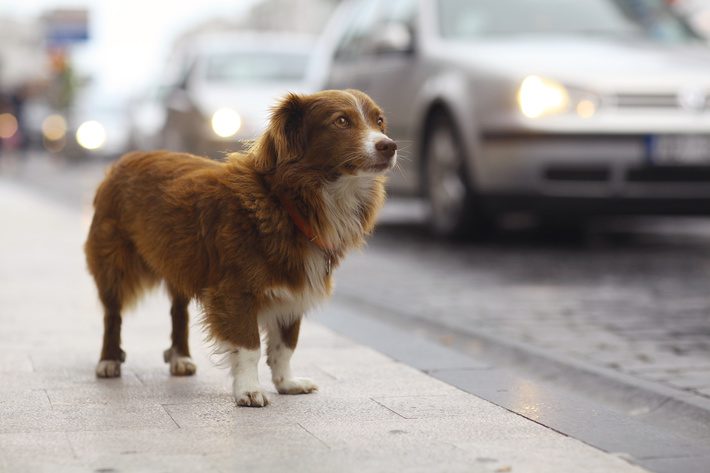
If you’ve ever felt the heartbreak that comes with a pet running away or getting lost, it’s not hard to understand why using IoT to keep them safe is extremely popular with pet parents.
Most of us can’t be with our pets all the time. When we go to work, out for coffee, or even if we’re just in the shower, we have no idea what our pets are doing. That’s where IoT can be incredibly useful.
Here’s how the Internet of Things is keeping pets from straying too far from home.
- Tracking & Monitoring
- Behavior Analysis
- Finding Lost Pets
Pet Tracking/Monitoring
Being able to find your pet when they wander off is a great tool to keep pets from straying far away. But monitoring them initially may help you to understand your pet’s habits, or even figure out how they’ve been sneaking out the house!
Technology like smart collars are the next step up from monitoring. It’s great to be able to see how your cat squeezes out of the tiniest gap, but how do you know where they go after that? A smart collar can tell you where they are at any given time.
A collar with GPS is the best way to track your dog’s movements. It can lose battery life quickly, but the other options (Bluetooth, Wi-Fi) are less reliable.
With both of these technologies, you can keep a virtual eye on your pet. Monitor them in real time using cameras. When they leave the house, track their location using your smartphone.
This helps you to patch up spots your pet could be getting out of, as well as analyze and understand their habits when they do leave the house.
Many apps will send you a phone notification if your pet ventures outside of a certain area, so you can be immediately alerted and take action.
Behavior Analysis
Monitoring and tracking your pet can give you insight into their behavior and help you prepare in advance and prevent certain situations from happening.
For example, you may not realize that your dog is escaping the house in terror every time there’s a thunderstorm. Or perhaps they get agitated every time the doorbell rings, and claw their way out of the nearest window.
Learning how your pet responds in certain situations when you’re not around can help you prepare for these occasions. You may consider deactivating the doorbell, or leaving a chew toy for your dog to gnaw on when they get stressed.
Then keep monitoring to see what works and what doesn’t. While you can use data monitoring to analyze your dog’s behavior while you’re not around, you can also use smart collars to analyze their travel behavior.
If your cat likes to visit the neighbor or your dog follows his nose to the butchery, you can notify people who may come across your pet so they can let you know that your pet is safe.
Finding Pets
It’s a good idea to have your pet microchipped, but if they aren’t, there’s still hope for finding them using IoT.
Facial recognition technology for pets is a new, hopeful way to reunite lost pets with their owners. Finding Rover is leading the way, utilizing smart computer algorithms to match your pet to pictures in a database.
Upload a photo of your pet and fill in some information about their physical appearance. The app will go to work matching your pet to the pictures of found pets.
Interestingly, the app has been shown to be successful in 98% of cases, making this a fantastic opportunity that could reunite thousands of lost pets with their families in the future.
Conclusion
IoT has applications in almost every area of life. If you’re a pet owner, using it to protect and improve the quality of your pet’s life could be the best thing you can do for them.
Bio:
Mike Powell is an enthusiastic dog- and data-lover who has an interest in how IoT can help improve both human and animal lives. He shares his knowledge and passion about pups, dog nutrition, accessories, and health over at Dog Embassy.
 Photo by Julian Hochgesang on Unsplash
Photo by Julian Hochgesang on Unsplash

Losing a pet is every owner’s nightmare, but with these smart solutions, finding them has never been easier. Thanks for sharing these article.
This article highlights the incredible ways IoT is revolutionizing pet care, from smart collars with GPS to behavior analysis tools. The integration of technology like real-time monitoring and facial recognition provides pet owners peace of mind and enhances safety. It’s inspiring to see how these innovations can strengthen the bond between pets and their families while ensuring their well-being.